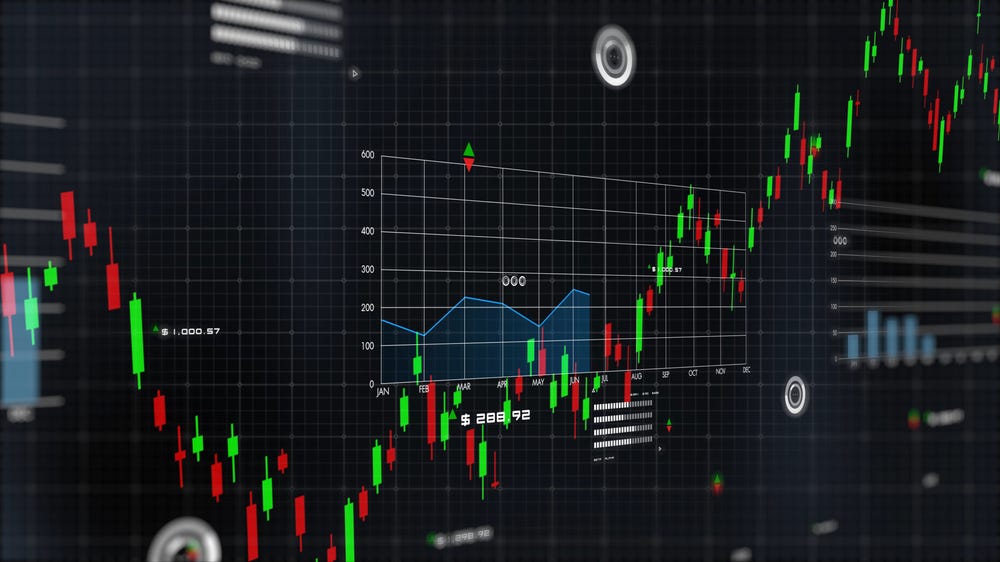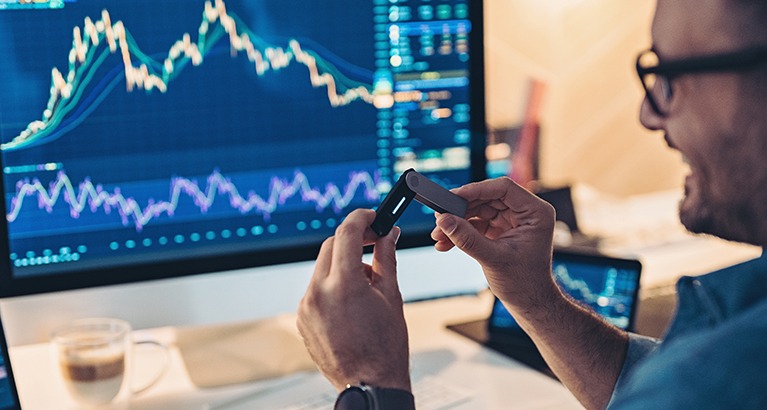
Understanding Crypto Trading Price Alerts for Successful Trading
The world of cryptocurrency trading is rapidly evolving, and with high volatility comes the need for strategic planning. One of the most powerful tools available to traders, whether they are novices or seasoned experts, is the implementation of price alerts. In this article, we will explore how Crypto Trading Price Alerts function, their benefits, and how to effectively use them to enhance trading strategies. Additionally, we’ll touch on platforms and tools that can assist in setting up these alerts. For further insights into the evolving landscape of crypto, visit Crypto Trading Price Alerts https://cryptobriefing.com/eth-futures-commodity/.
What are Crypto Trading Price Alerts?
Crypto Trading Price Alerts are notifications set by traders to inform them when a cryptocurrency reaches a predefined price level. This can be critical in a market where prices can swing drastically in a matter of minutes. Investors can use these alerts to make timely decisions, whether that means buying more of a specific asset, selling to lock in profits, or cutting losses to prevent further declines.
Why Use Price Alerts?
The cryptocurrency market operates 24/7, making it impossible for traders to monitor their assets constantly. Here are some of the primary reasons to implement price alerts in your trading strategy:

- Time Management: With price alerts, traders can go about their daily activities without the need to be glued to their screens. They can set alerts based on significant price levels where they want to take action.
- Emotional Decision Making: Trading based on emotions can lead to poor decisions. Price alerts can help traders stick to their predefined strategies by prompting them to take action based on logic rather than fear or greed.
- Market Awareness: Price alerts can also be customized to notify traders about market movements, allowing them to be informed of significant changes that could impact their trading strategies.
How to Set Up Price Alerts
Setting up price alerts is generally straightforward and varies slightly depending on the trading platform or tools you are using. Here are the basic steps that traders can follow:
- Choose a Trading Platform: Most cryptocurrency exchanges, like Binance, Coinbase, or Kraken, offer built-in options for price alerts. Ensure to select a reputable and reliable exchange.
- Identify Key Prices: Determine the price levels that are relevant to your trading strategy. These might include support and resistance levels or target entry and exit points.
- Set the Alert: Follow the instructions on your chosen platform to set the alert. Most exchanges will allow you to set alerts for price increases or decreases.
- Choose Notification Type: Decide how you want to receive notifications. Options generally include push notifications via mobile app, emails, or even SMS messages.
Types of Price Alerts
Price alerts can be categorized into various types based on the trader’s strategy and goals:
- Threshold Alerts:通知您在特定价格水平上的变化。例如,如果币的价格达到了您设定的$5000的目标,您便会收到通知。
- Percentage Alerts: These alerts notify traders when a cryptocurrency moves by a certain percentage within a specified time frame. This can help in catching rapid fluctuations.
- Time-based Alerts: Some traders prefer to set alerts based on a particular time rather than price. For instance, receiving a notification every hour if the price of a specific coin hasn’t moved as expected.
Integrating Price Alerts into Your Trading Strategy

To maximize the effectiveness of price alerts, traders should consider integrating them into a broader trading strategy:
- Define Your Goals: Prior to setting price alerts, traders should have a clear understanding of their investment goals and risk tolerance. Is your strategy more short-term, looking for quick profits, or long-term, aiming for sustained growth?
- Combine with Technical Analysis: Using price alerts alongside technical analysis can provide additional context for decision-making. Combine alerts with indicators like moving averages or RSI to enhance trading accuracy.
- Regularly Review Alerts: Periodically review and adjust your price alerts in response to market changes and your evolving trading strategy.
Challenges of Using Price Alerts
While price alerts can be incredibly useful, there are certain challenges and limitations to be aware of:
- Market Volatility: In a highly volatile market, the price may fluctuate past the alert level, leading to missed opportunities or potential losses.
- Dependency: Over-reliance on alerts can lead to complacency. Traders should still remain engaged and educated about market conditions.
- False Signals: Price alerts set on short-term price movements may trigger false signals, leading to potential impulsive buys or sells.
Conclusion
Crypto Trading Price Alerts can be a game-changer for traders who wish to optimize their trading strategies. By allowing for timely decision-making and reducing the emotional burden associated with trading, these alerts can help improve overall trading performance. However, as with any tool, they should be used wisely and as part of a comprehensive trading approach. By setting appropriate alerts and regularly reviewing strategy, traders can navigate the complexities of the cryptocurrency market more effectively.

